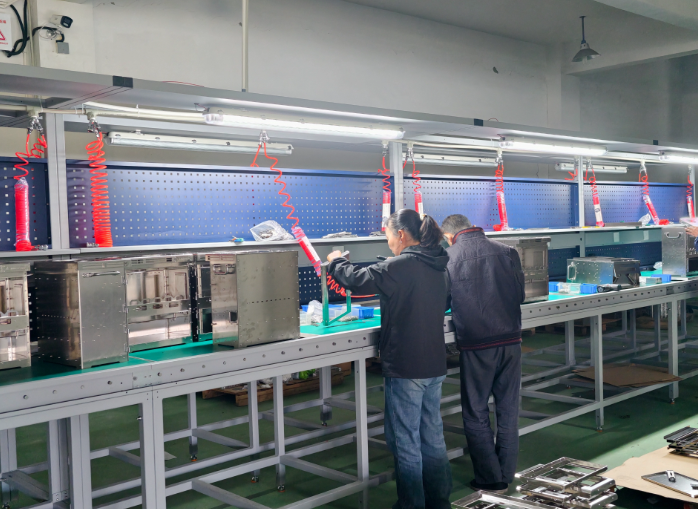Motion sensor light bulbs are an excellent addition to any home or commercial space, providing convenience, security, and energy efficiency. In this comprehensive guide, we will delve into the intricacies of setting up a motion sensor light bulb, covering everything from choosing the right bulb to installation and troubleshooting. Whether you are a DIY enthusiast or a professional electrician, this article will equip you with the knowledge and skills to master the art of motion sensor light bulb installation.
- Understanding Motion Sensor Technology:
Before diving into the installation process, it is crucial to grasp the fundamentals of motion sensor technology. We will explore the different types of motion sensors available, including passive infrared (PIR), microwave, and dual-technology sensors. By understanding how these sensors work, you can make an informed decision when selecting the most suitable option for your specific needs. - Selecting the Right Motion Sensor Light Bulb:
Choosing the right motion sensor light bulb is essential to ensure optimal performance and longevity. We will discuss key factors to consider, such as brightness, color temperature, and compatibility with existing fixtures. Additionally, we will explore advanced features like adjustable sensitivity, duration, and dusk-to-dawn capabilities, enabling you to tailor the lighting experience to your preferences. - Preparing for Installation:
Proper preparation is crucial for a successful motion sensor light bulb installation. We will guide you through the necessary steps, including gathering the required tools, ensuring a stable power supply, and assessing the ideal mounting location. By following these guidelines, you can avoid common pitfalls and streamline the installation process. - Step-by-Step Installation Guide:
This section will provide a detailed, step-by-step guide on installing a motion sensor light bulb. From turning off the power supply to wiring the sensor correctly, we will leave no stone unturned. We will also address potential challenges, such as working with existing wiring systems or retrofitting older fixtures, offering expert tips and solutions. - Fine-tuning and Testing:
Once the motion sensor light bulb is installed, it is essential to fine-tune its settings and conduct thorough testing. We will explain how to adjust the sensor's sensitivity, duration, and range to ensure optimal performance. Additionally, we will cover testing procedures to verify the bulb's functionality and identify any potential issues that may require troubleshooting. - Troubleshooting Common Issues:
Even with careful installation, motion sensor light bulbs may encounter occasional issues. In this section, we will address common problems such as false triggers, inadequate sensitivity, or inconsistent operation. By understanding these issues and their potential causes, you will be equipped to troubleshoot and resolve them effectively.
Conclusion:
Setting up a motion sensor light bulb may seem daunting at first, but with the knowledge gained from this comprehensive guide, you can confidently tackle the installation process. By understanding motion sensor technology, selecting the right bulb, and following the step-by-step instructions, you will enhance the security and convenience of your space while reducing energy consumption. Remember, a well-installed motion sensor light bulb is an investment that pays off in both functionality and peace of mind.

